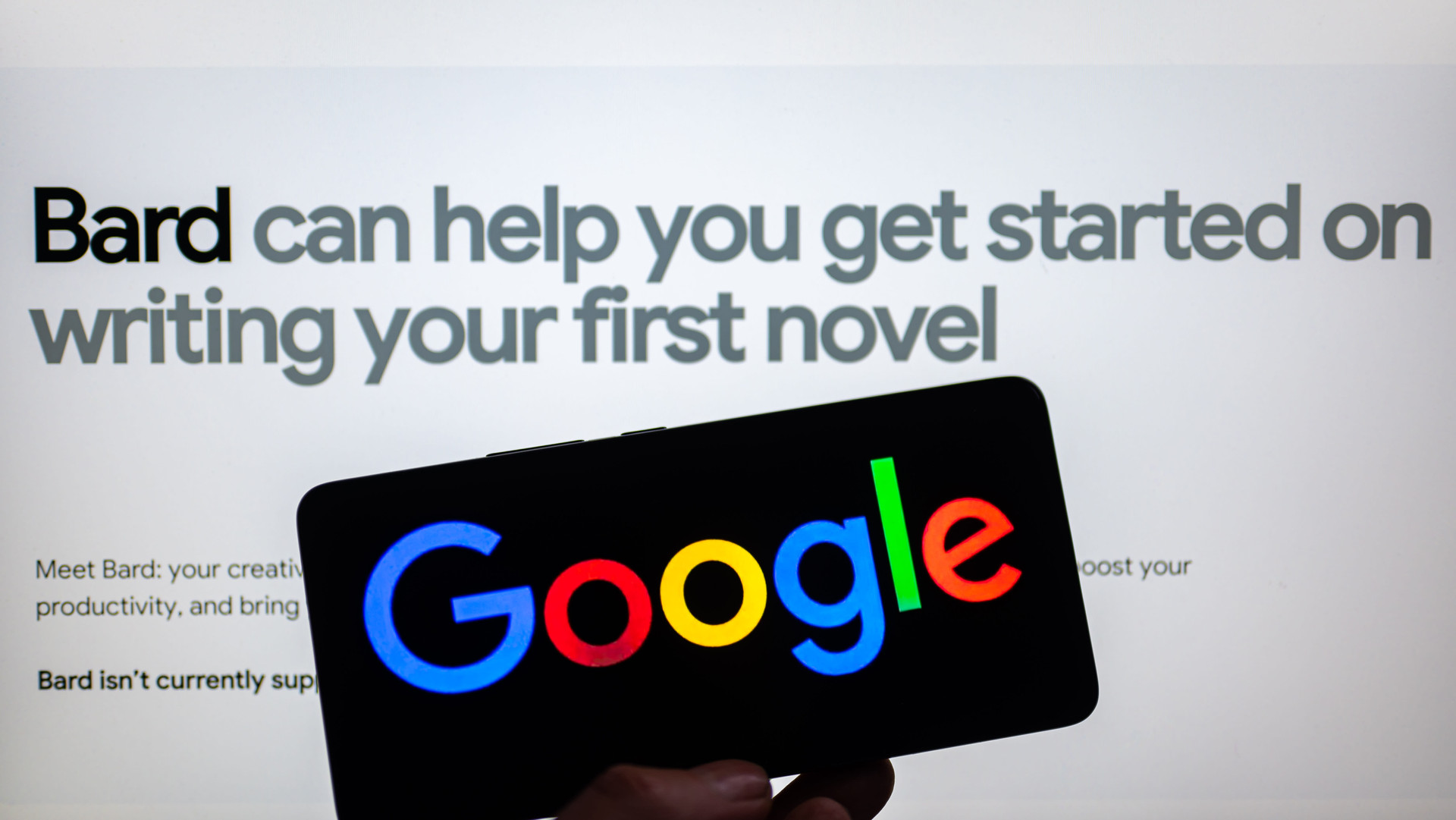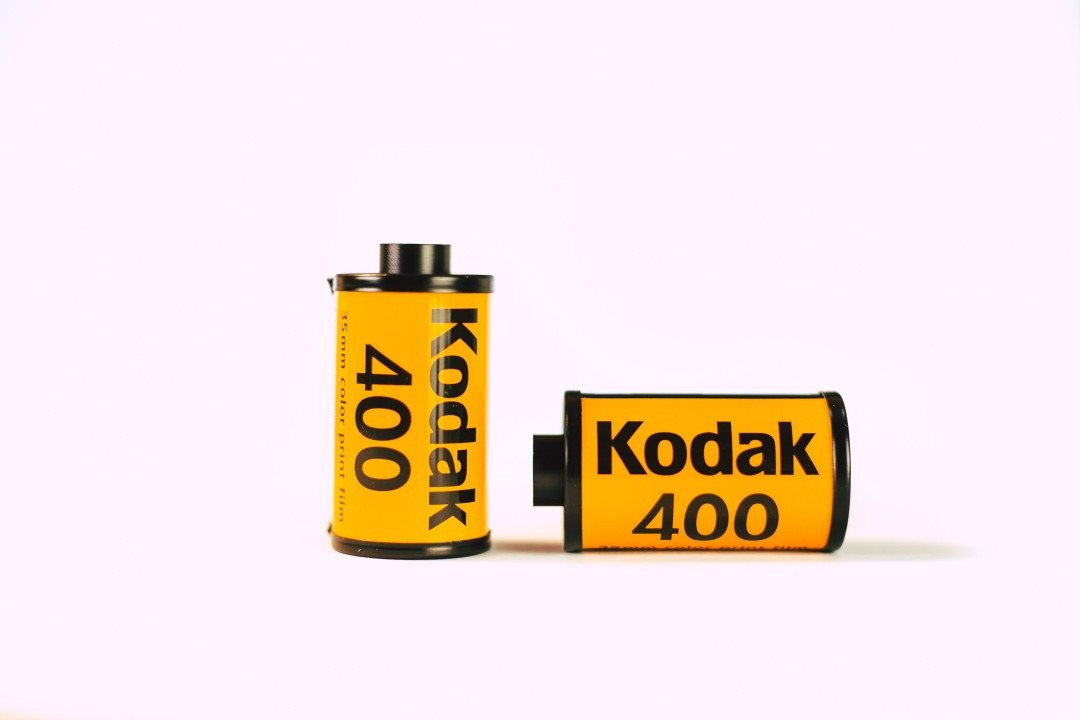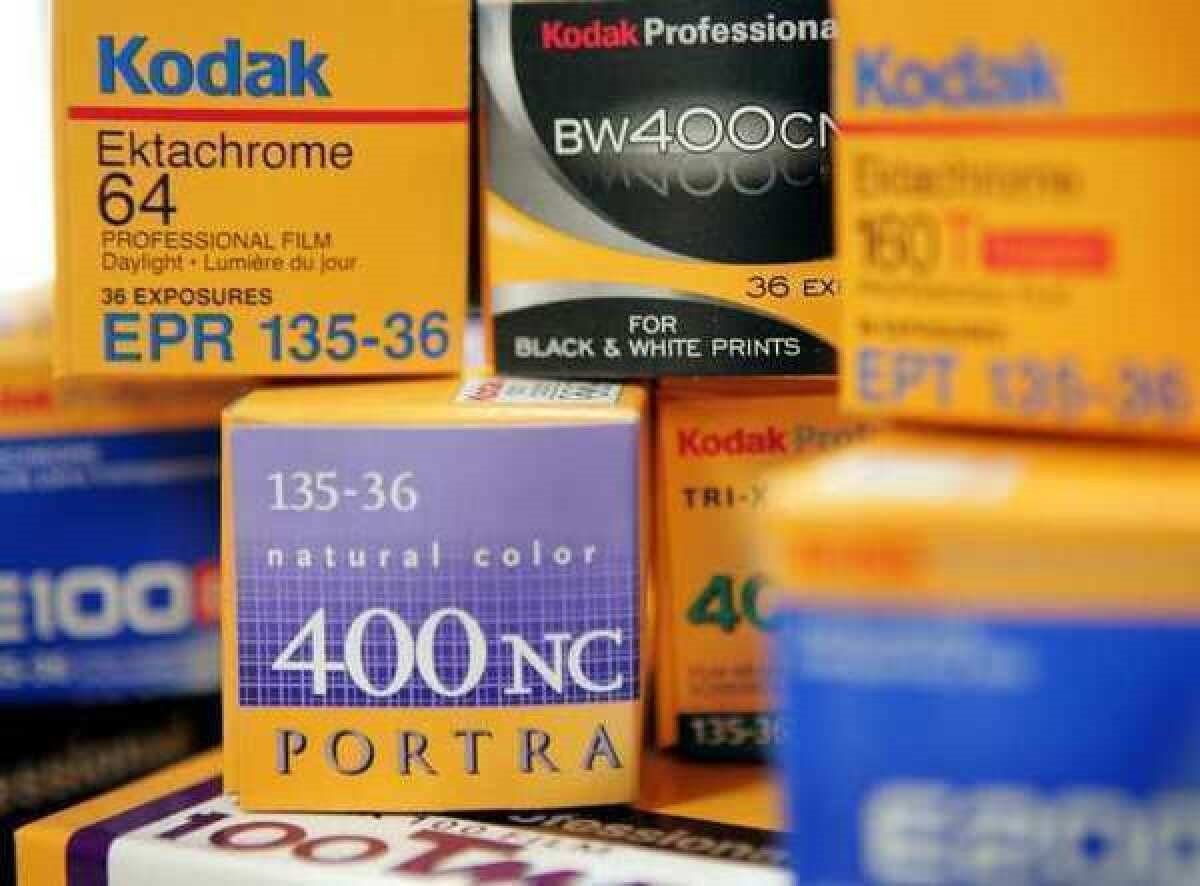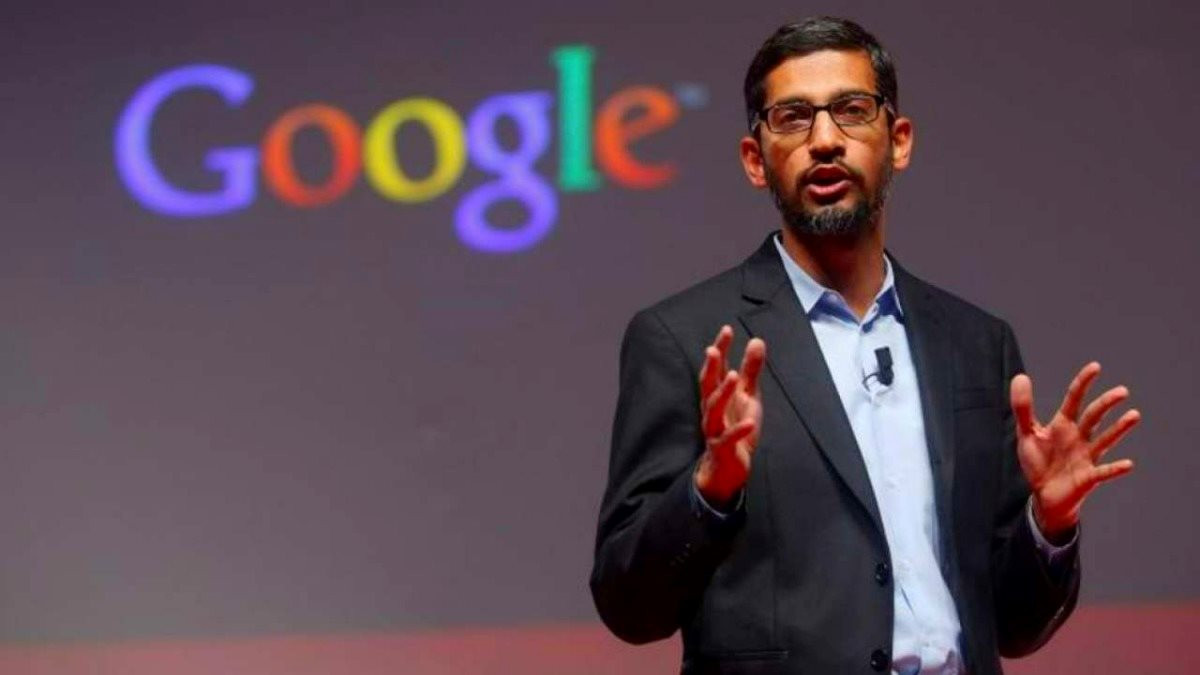Google is following in the footsteps of Kodak: Fear of change and the risk of collapse on top of glory
- Tram Ho

According to CNBC, Google is being assessed as stepping in the footsteps of Kodak in the field of artificial intelligence (AI) when competing with Microsoft.
Specifically, Global Data expert Cyrus Mewawalla said that AI will be the highlight of technology in 2023, and Microsoft has taken away Google’s leading position in this field with its investment in OpenAI and the launch of ChatGPT.
“The fact that Microsoft is winning the AI race…Google followed in Kodak’s footsteps when they led in AI technology first but put it aside for fear they would affect the business. main business. Now this core business is being threatened by that very technology ,” Mewawalla told CNBC.

Falling on top of glory
A generation ago, Kodak film photographs were considered works of art. But today, although they are still respected in the photography industry, the name Kodak has been associated with a warning lesson not to change and collapse.
Famous for film cameras, Kodak invented the prototype of the later digital camera. However, Kodak is concerned that the new technology will affect the main business of film cameras, so it is put aside, hoping it will have enough time to prepare.
Then the digital camera boom, and then people gradually switched to mirrorless cameras (Mirrorless) or integrated photos on smartphones, turning Kodak film reels into antiques.
Please note that in the mid-1970s, Kodak held a 95% share of the film market and an 85% share of the camera market in the US. In the 1980s, Kodak had up to 150,000 employees, ranked in the top 50 companies on the Fortune 500 list of the largest businesses in the US.
Back then, Kodak wasn’t just in the camera and film business. With the chemicals used in film production, they also develop blood analyzers, x-ray machines, pharmaceuticals and photocopiers.
Then when he realized he was being slowed down by the technology it invented, Kodak began to turn all efforts to digital cameras in the 1990s, but it was too late.
Kodak filed for bankruptcy protection in 2012, sold its camera patents for capital, and spun it off into a smaller company in 2013.
This brand survived until 2020 and suddenly received a loan of 765 million USD from the US government to start producing ingredients used in generic drugs, helping the US fight the Covid-19 pandemic. Thanks to that, the company has transformed from a camera tycoon to a drug giant.

The Kodak lesson is still there, but Alphabet (Google) CEO Sundar Pichai probably doesn’t like to play with photos to memorize this failure.
Reverse history
Going back to the main story, after the success of ChatGPT, Microsoft intends to integrate AI for most of its products.
The irony is that Alphabet (Google) has been the big investor in AI for years with many breakthroughs. It acquired startup Deepmind in 2014 in an effort to develop this technology.
But it was not until last week, after the great success of Microsoft’s ChatGPT, that Google decided to merge the Brain search engine research team with DeepMind to focus on AI development.
According to Mewawalla, this move by Google is as late as Kodak in the 1990s when it rushed to redirect the digital camera business.
Although Google realizes that AI is a great technology, it is afraid that it will affect the search engine segment, producing bad content that affects its reputation, so it should put this technique aside until it is surpassed by Microsoft this year. 2022.
While Microsoft integrated AI into its Bing search engine, Google also responded with the Bard chatbot, but it was criticized for being too buggy and being a “latecomer” compared to ChatGPT.

In the same opinion, Arete Research analyst Richard Krammer said that Google has very strong AI technology, but they don’t quickly apply them to products and let Microsoft get ahead.
Not missing a penny
Whether Google will fall into the same situation as Kodak when it collapses on top of glory, has to file for bankruptcy and redirects to selling drugs is unclear, but the consequences of this slowness are already evident.
Google’s earnings report showed that its advertising revenue in the first quarter of 2023 fell for the second consecutive quarter, a rarity for the world’s largest search engine.
Specifically, Alphabet had 54.5 billion ad revenue in the first quarter of 2023, down nearly 1% year-on-year and also lower than Wall Street investors had predicted. This is the third drop in advertising revenue since the company went public in 2004.
In the fourth quarter of 2022, Google’s advertising revenue fell 3.6% compared to the same period last year.
Even YouTube, Google’s famous brand, also saw a third consecutive quarter of decline in advertising revenue. The report shows that the platform only brought in $6.7 billion in advertising revenue in the first quarter of 2023, down 2.6% from the previous quarter.
In January 2023, Google had to lay off 12,000 workers, or 6% of its workforce, to save costs. The company also implemented a series of reduction measures, from transplanting desks, recalling staplers to tightening the distribution of personal computers to employees.
The difficulty is that, so CEO Sundar Pichai has committed to reduce the reward level of the senior leadership team to share the same suffering with everyone.

Ironically, a recent report shows that CEO Sundar Pichai still receives $ 226 million in income, including $ 218 million in bonus shares. In addition, this leader also receives $ 2 million in salary per year from 2020 to 2022, along with $ 6 million in expenses for the personal protection security team last year.
Other senior Alphabet executives also received between $22 million and $35 million in stock bonuses.
The above $226 million figure is still nothing compared to the $281 million in income that CEO Sundar Pichai received in 2019 and this director was identified by CNBC news agency as one of the world’s highest-paid business leaders. gender.
It’s clear that even if you follow in the footsteps of Kodak or Nokia, you won’t be paid a dime short of Google’s leaders.
*Source: CNBC, WSJ
Source : Genk
